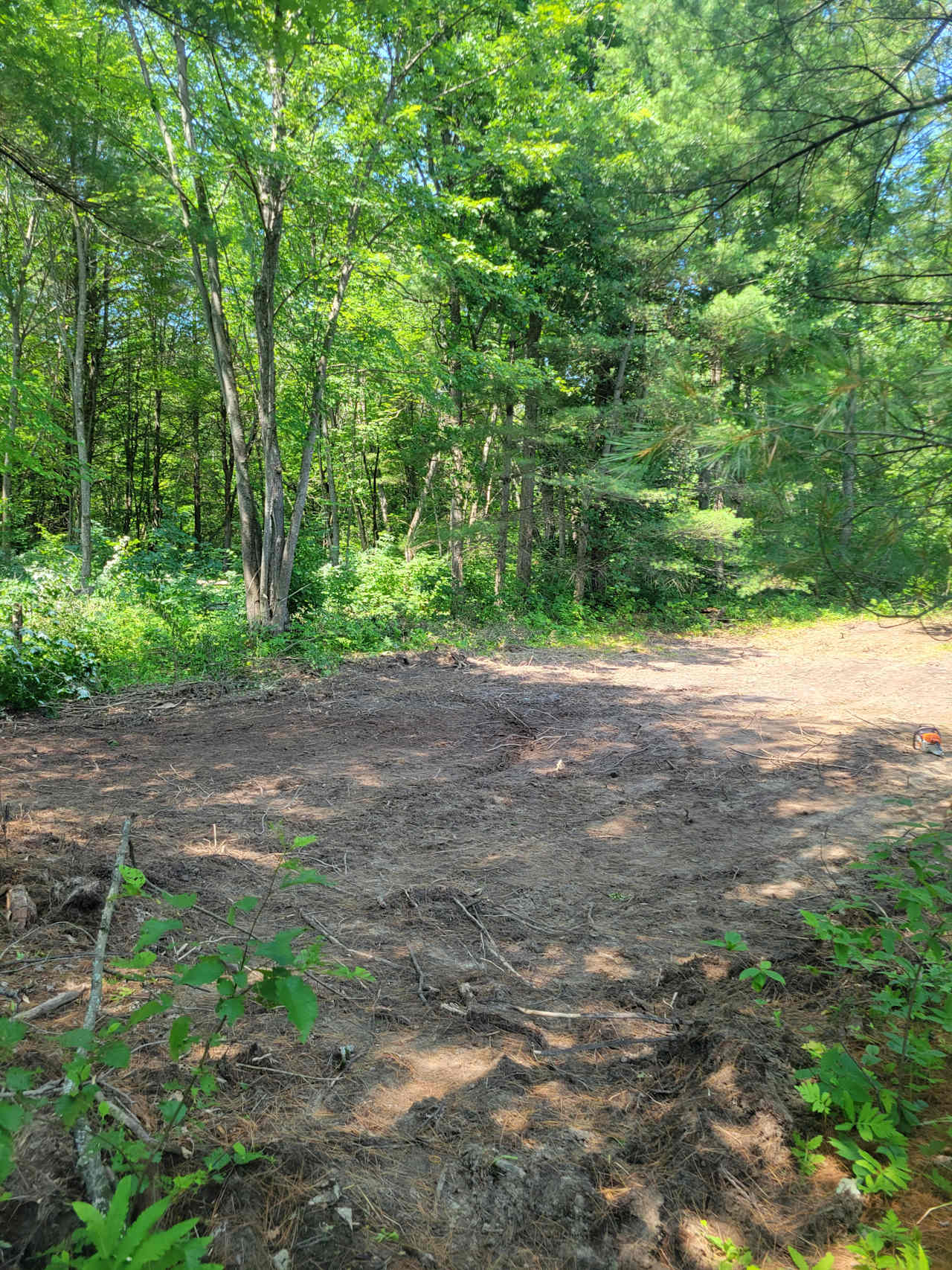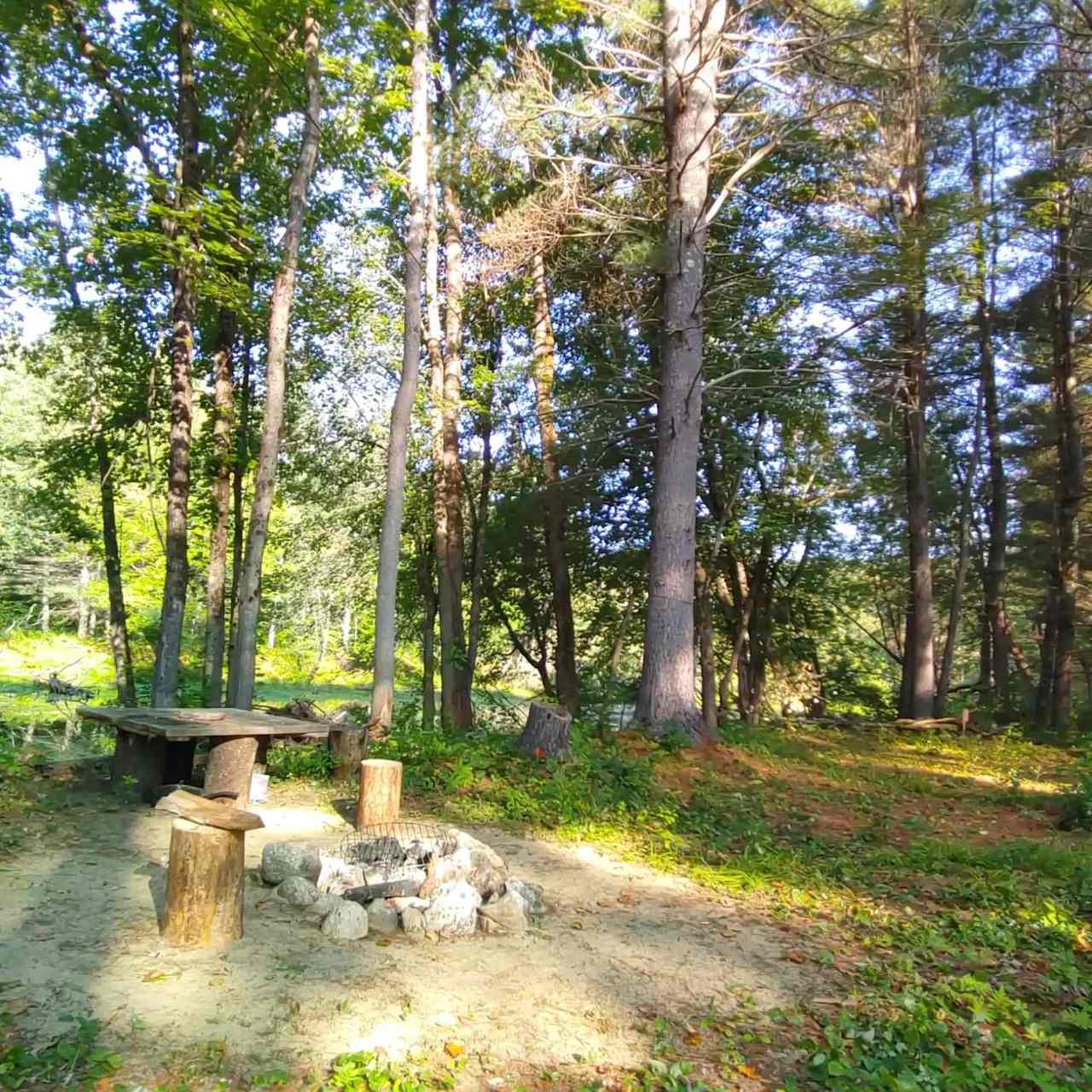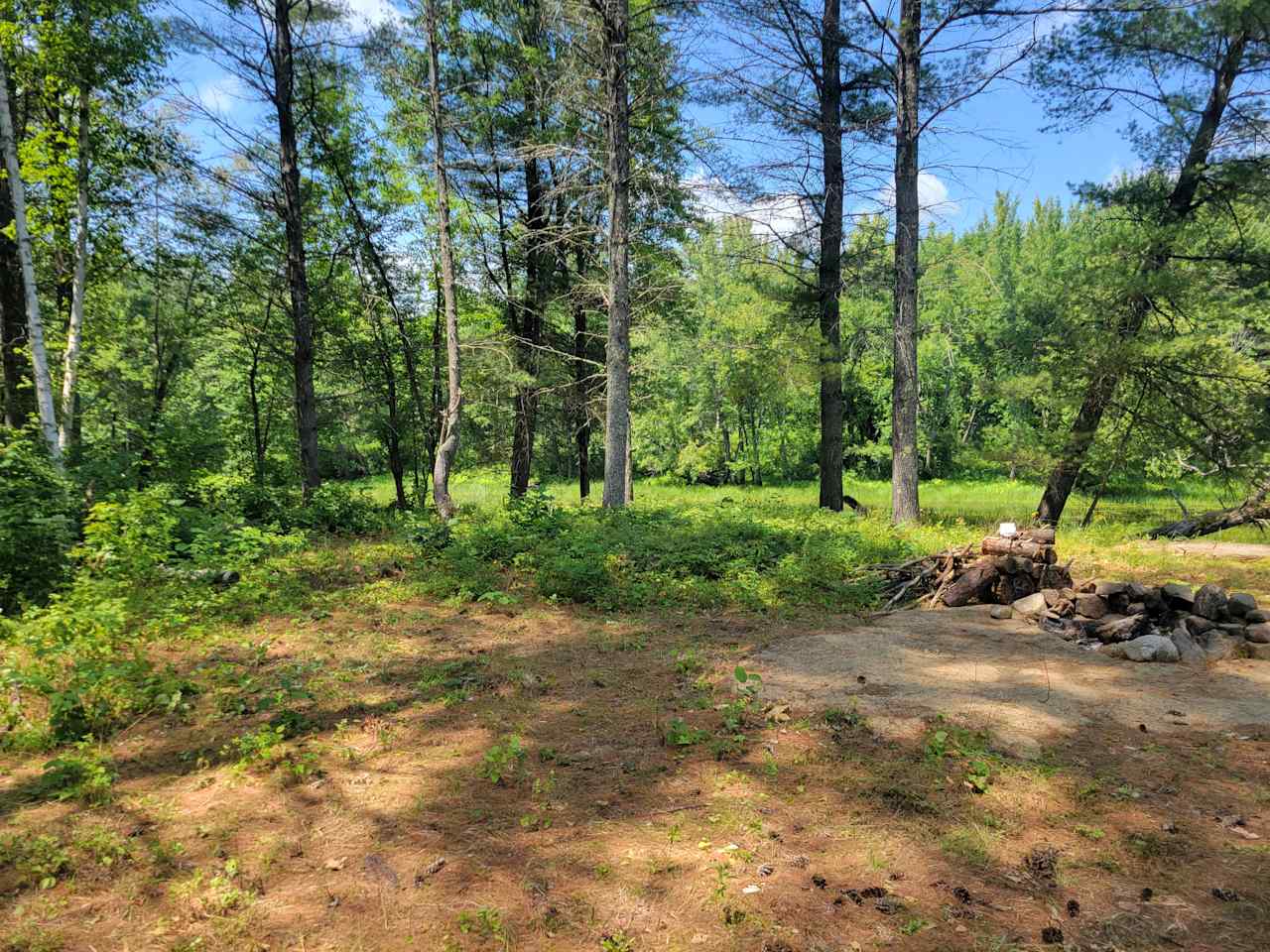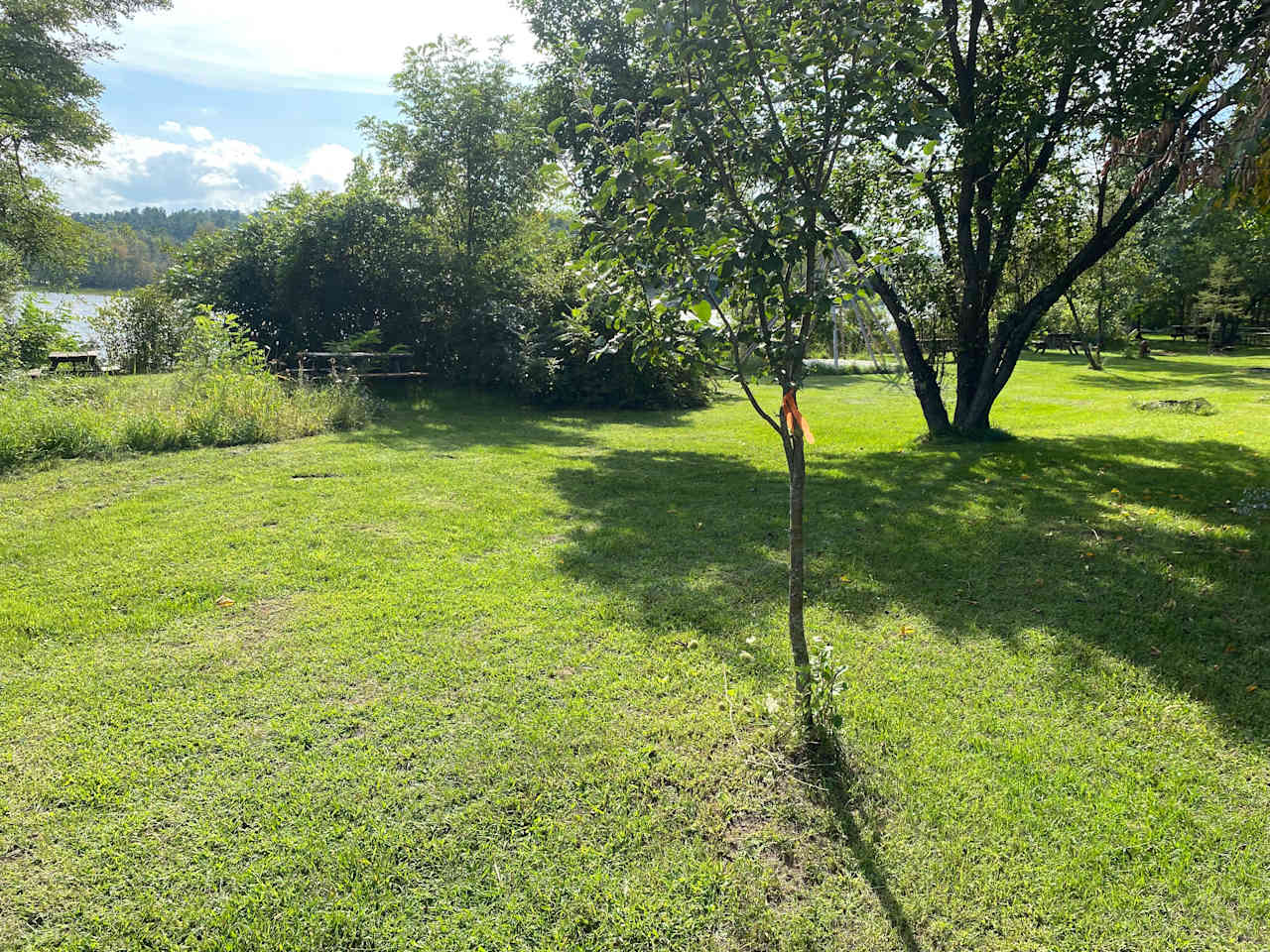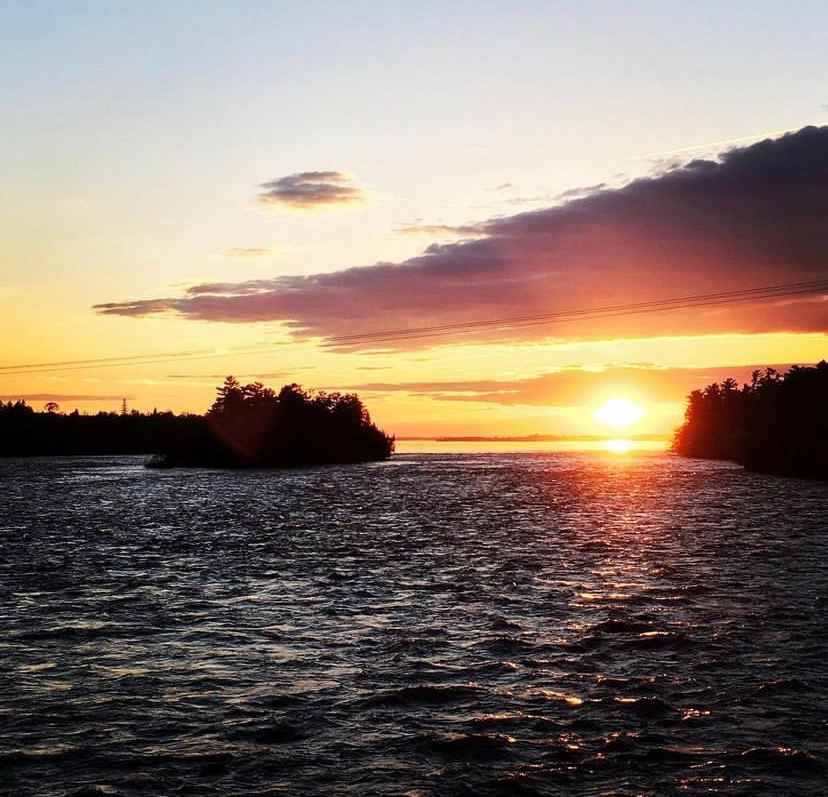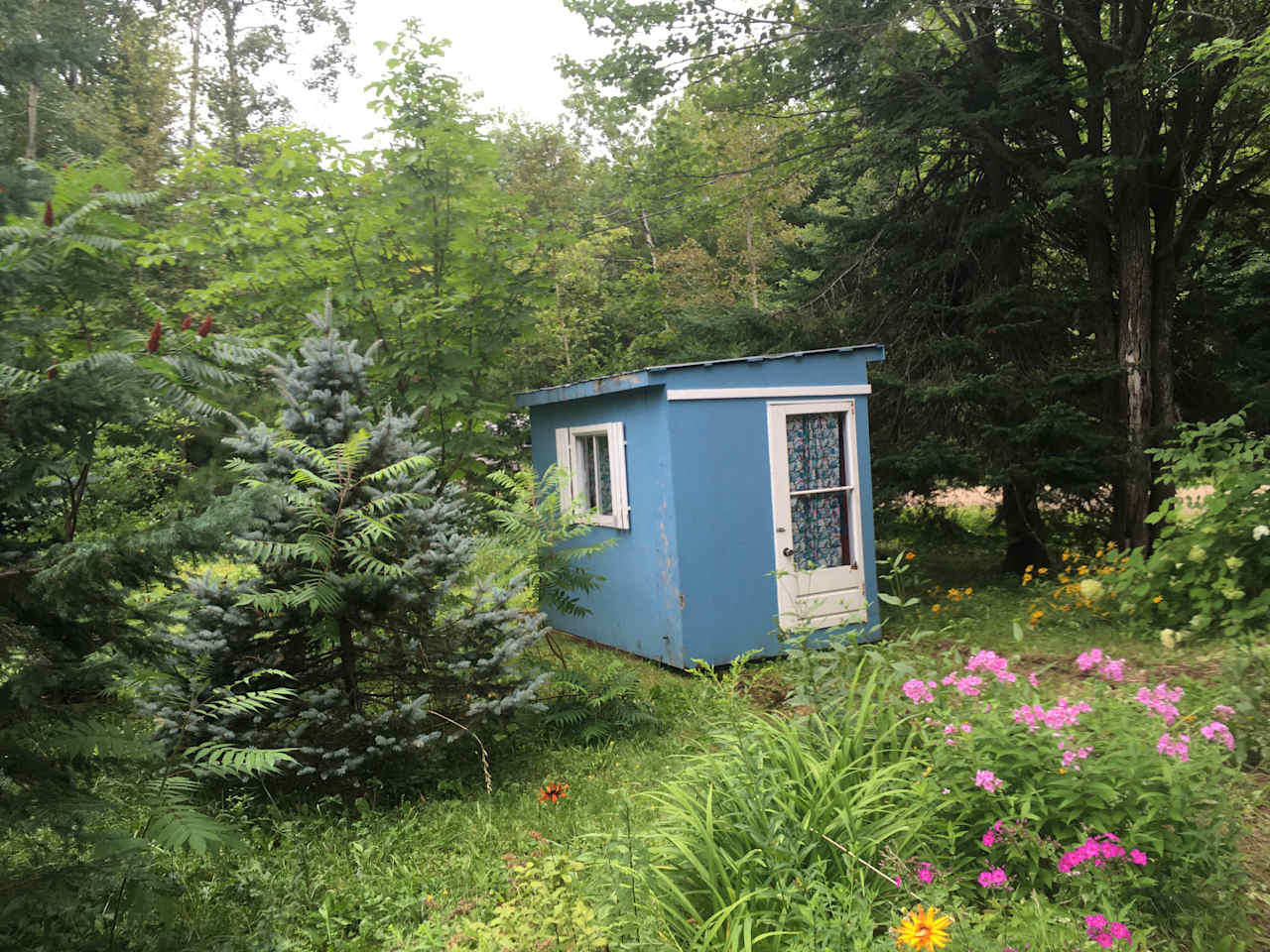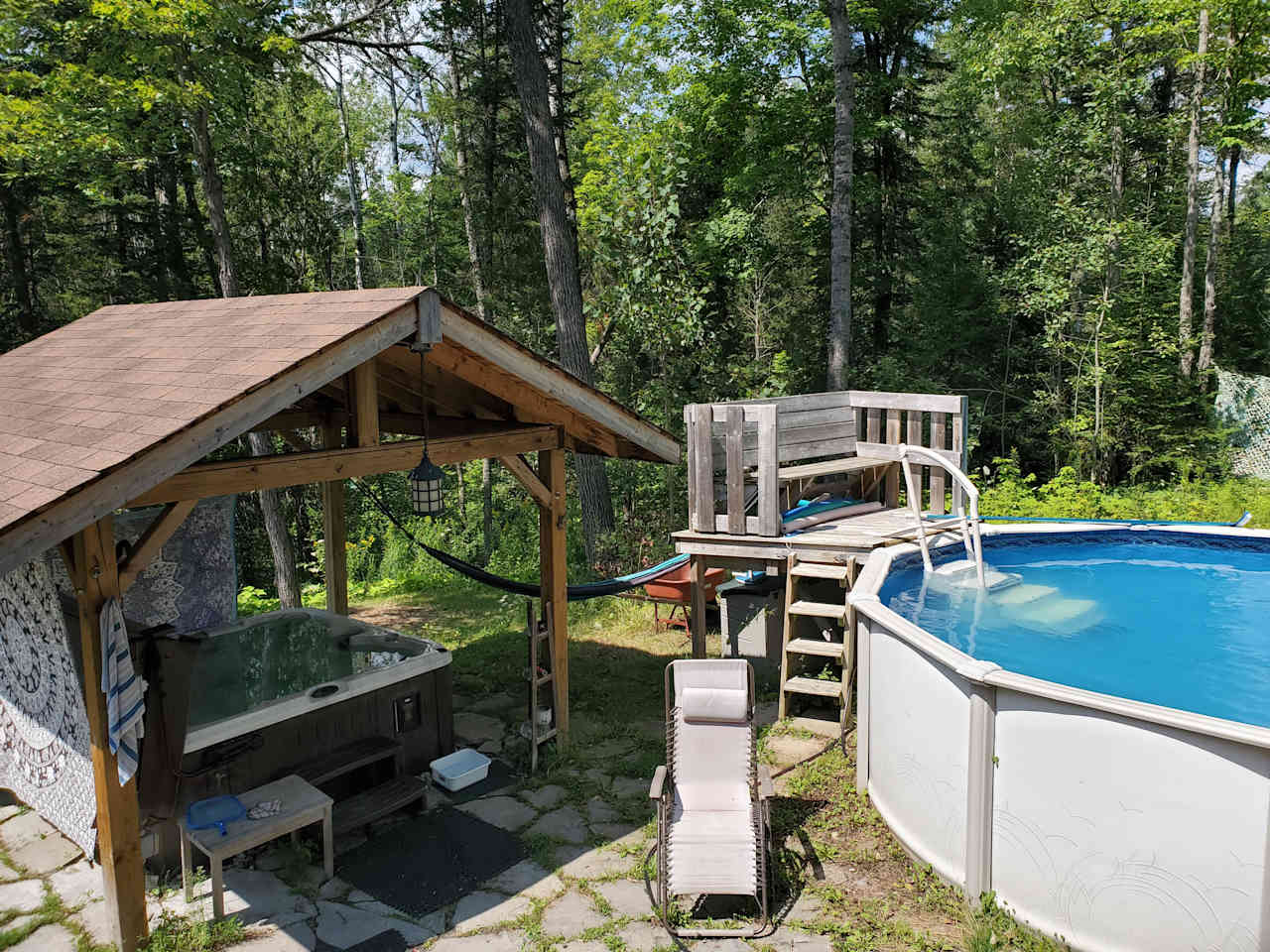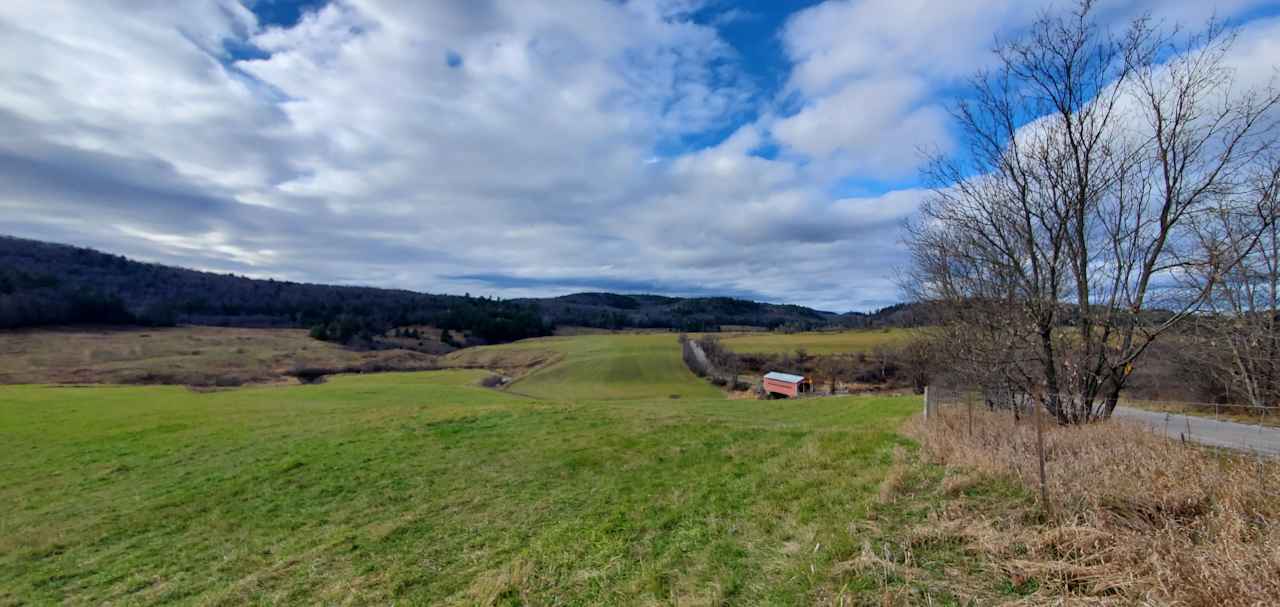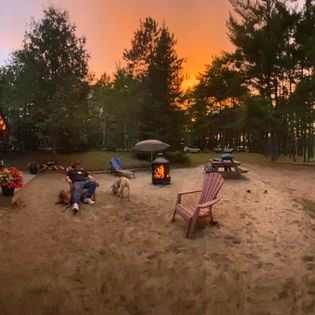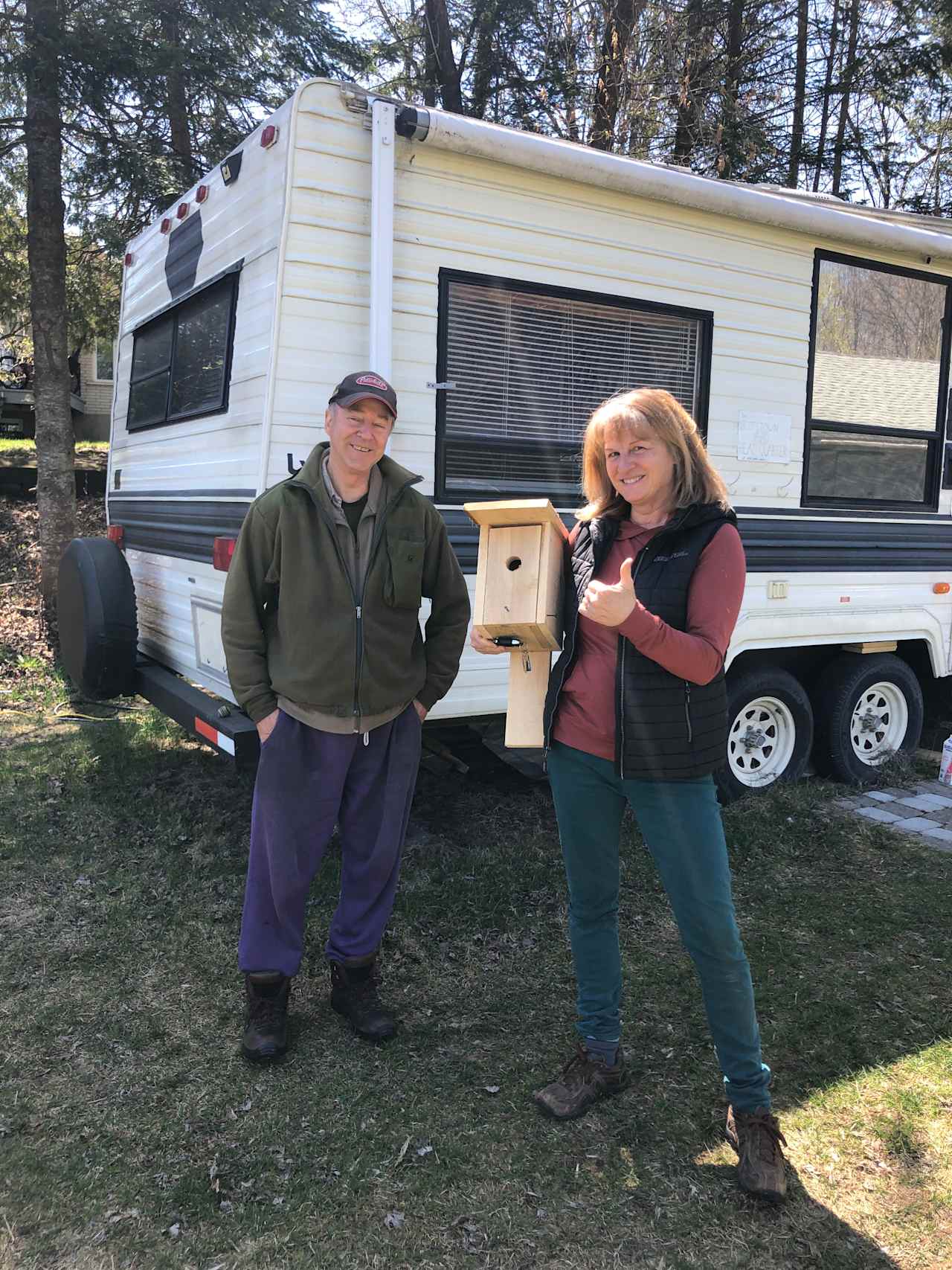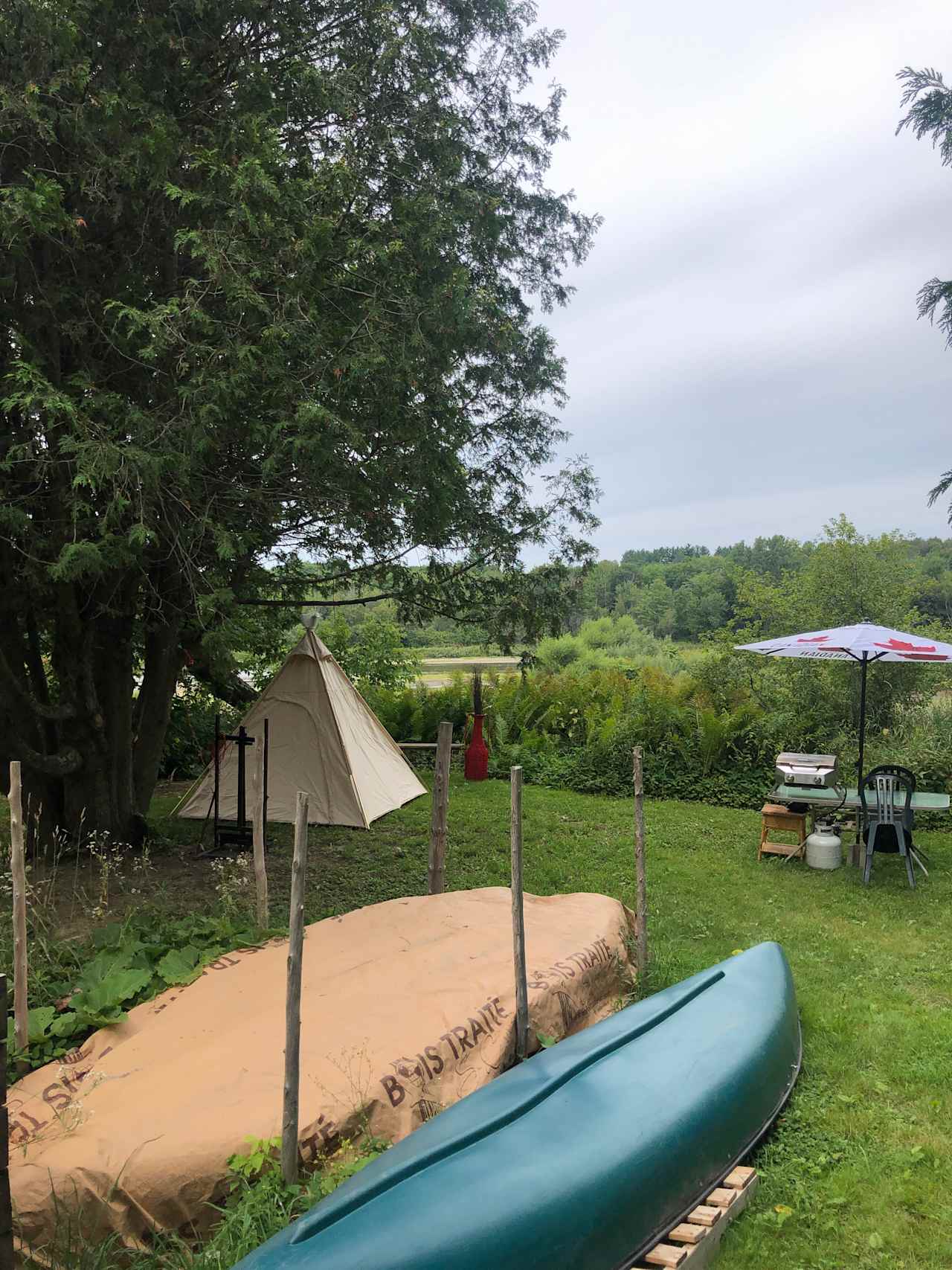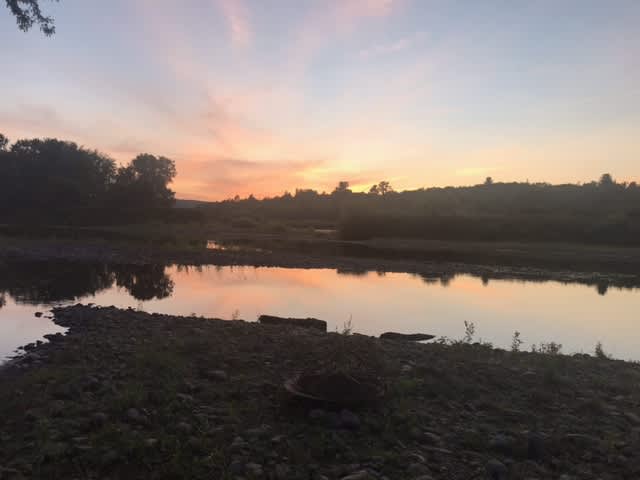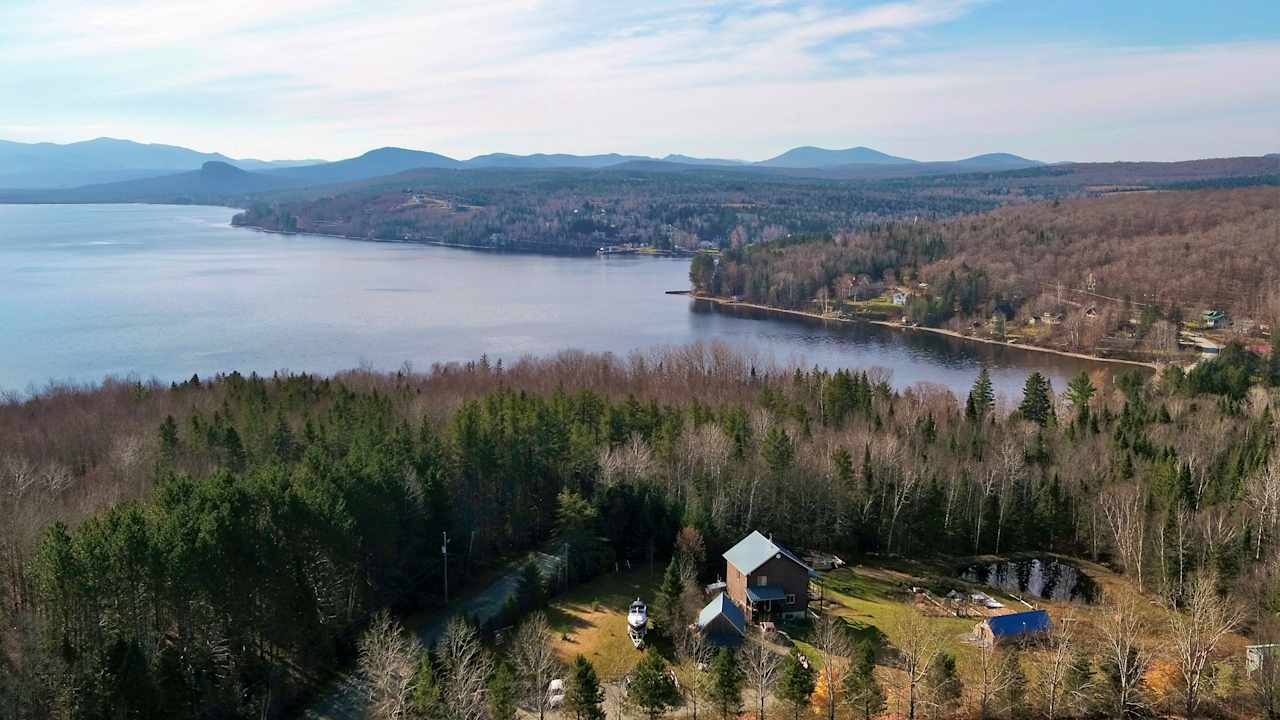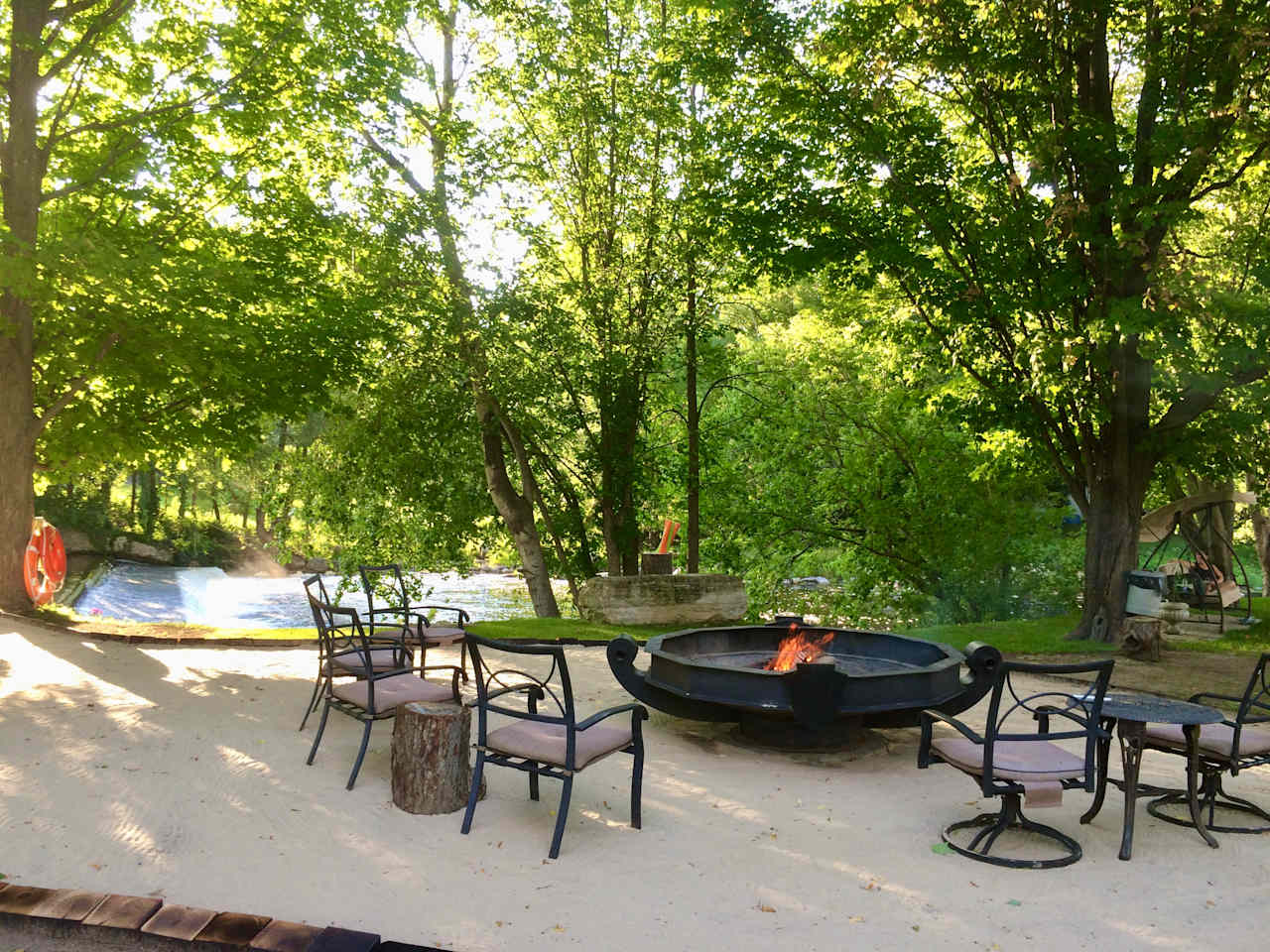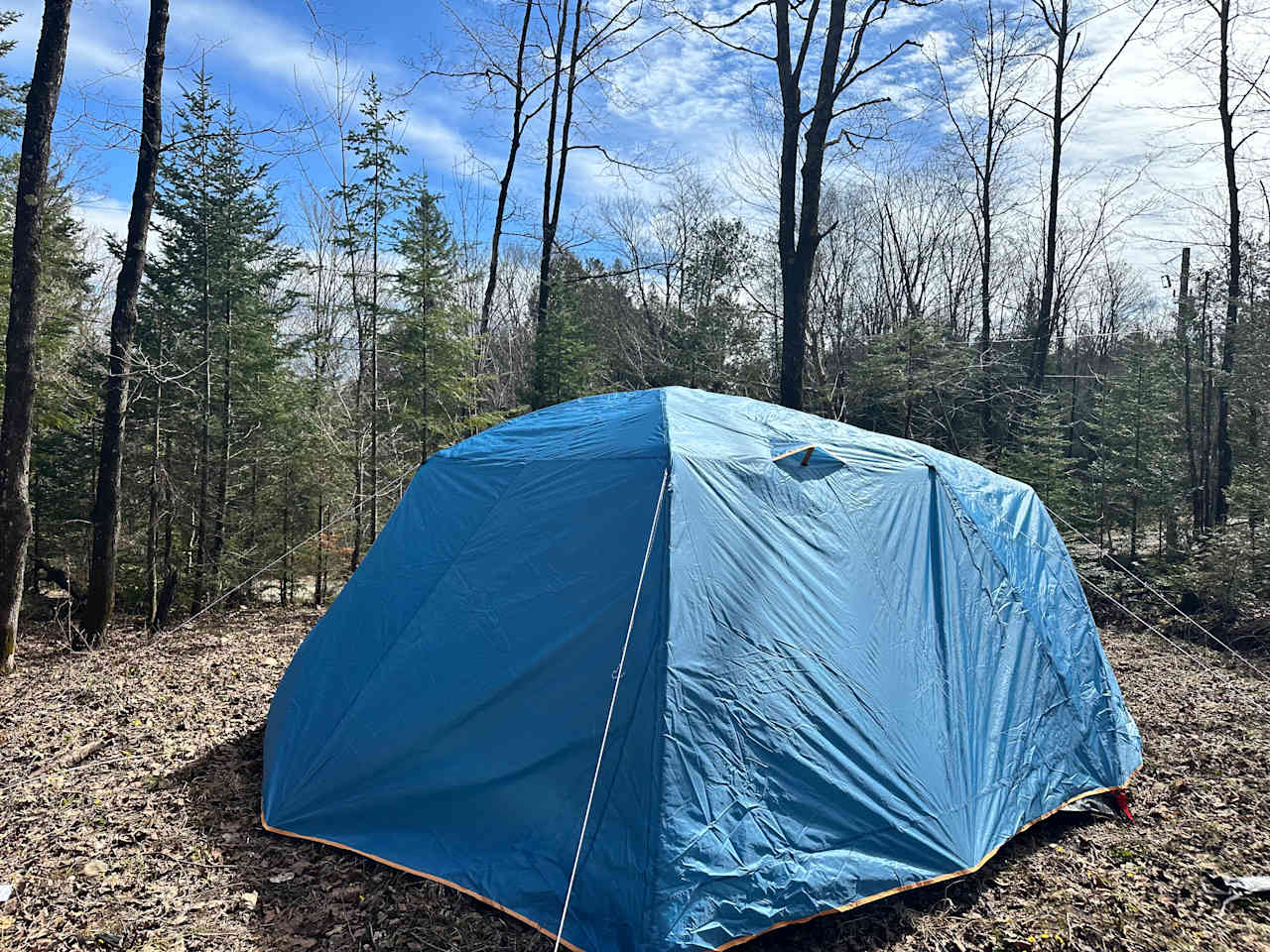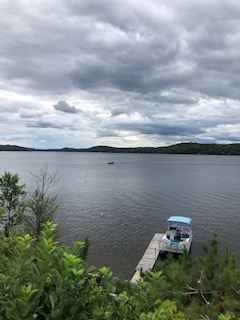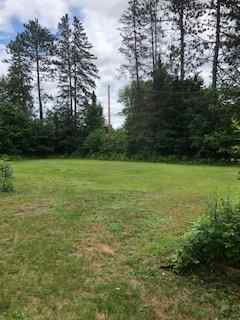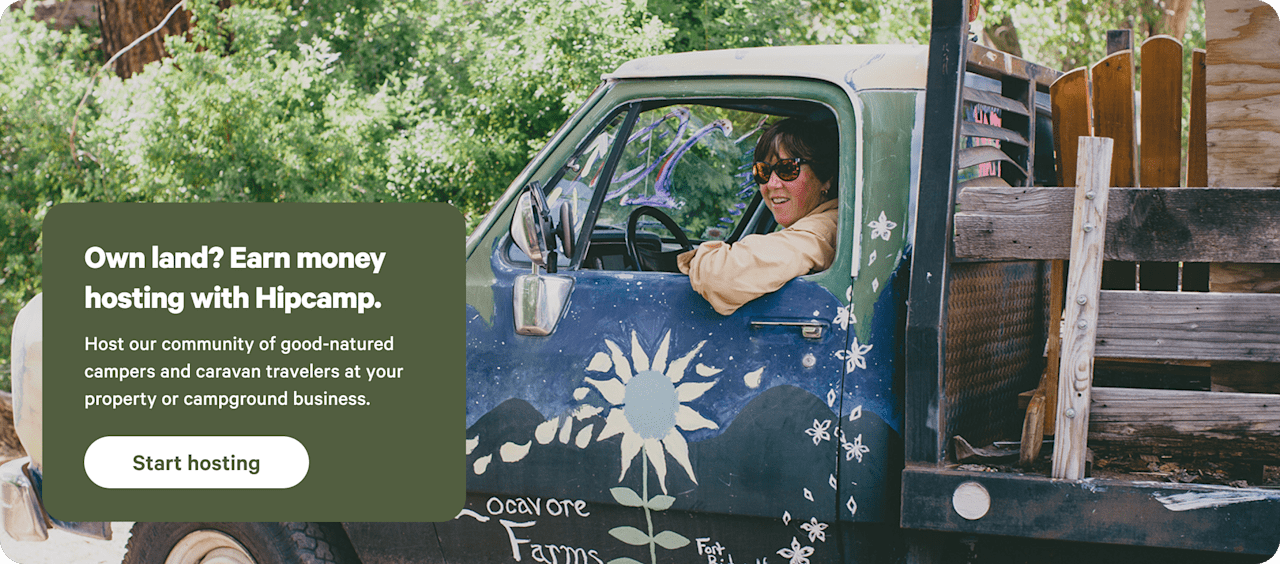Beach camping in Quebec with campfires
From forested mountains to frozen falls, Canada’s francophone heartland is geared for adventure.
- Quebec
Popular camping styles for Quebec
Dog-friendly getaways
12 top beach campgrounds in Quebec with campfires
Under $50
Available this weekend


Beach camping in Quebec with campfires guide
Overview
Quebec is a kind of promised land for campers, with vast swathes of parkland and sparsely inhabited wilderness—you won’t have trouble getting outside. North of Montreal and Quebec City, forested mountains and lake-dotted valleys dominate the landscape with endless hiking, fishing, and canoeing opportunities during reliably warm summers. To the east, the St. Lawrence River is one of Canada’s best whale-watching destinations.
Winter, though cold, proves no obstacle to the adventure-hungry. Our advice? Pack your thermals. That way, you can spend days ice climbing, snowshoeing, and skiing, and nights cozied up in a cabin, an insulated tent, a yurt, or even an igloo. As a general rule, the further north you go, the wilder the landscapes and fewer the facilities.
The Laurentian Mountains
The rounded peaks of the Laurentians are the destination of choice from Montreal and Quebec City. Jacques-Cartier, Mont-Tremblant (both part of the provincial park system), and La Mauricie (part of the national park network) have four-season appeal. You can get in some rafting, kayaking, and hiking in summer, while in winter, heated cabins, huts, and yurts mean you can wake up, strap on your skis or snowshoes, and hit the trails with minimal fuss.
The Gaspé Peninsula
The St. Lawrence River meets the Atlantic at this cliff-edged peninsula—also known as Gaspésie—on Quebec’s east coast. Scan the shoreline for whales in Forillon National Park between May and October, or cat ski on virgin powder in the Chic-Choc Mountains in the icier months.
Côte-Nord
French for ‘North Shore,’ this section of the Gulf of Saint Lawrence is ripe for road-tripping. Coastal campsites at Tadoussac overlook Saguenay Fjord, a hangout for belugas, and further east, at Mingan Archipelago National Park Reserve, you can set eyes on strange sea-carved rock formations and hide out on secluded offshore islands.
Eastern Townships
This farming region near the U.S. border gives off New England vibes—think covered bridges, clapboard towns, and flaming fall foliage. It’s also Quebec’s premier wine-growing region. Mont-Orford is popular for skiing or hiking, and the stargazing at Mont-Mégantic National Park is—excuse the pun—stellar.
Nunavik
Visitor footfall is low in Nunavik, home to the Inuit in the Arctic north. Little surprise why: There’s no road access. Nunavik Parks offers packages to the area’s four parks (Pingualuit, Kuururjuaq, Tursujuq, and Ulittaniujalik) including flights from Montreal, Inuit cultural experiences, and the chance to see the northern lights.
